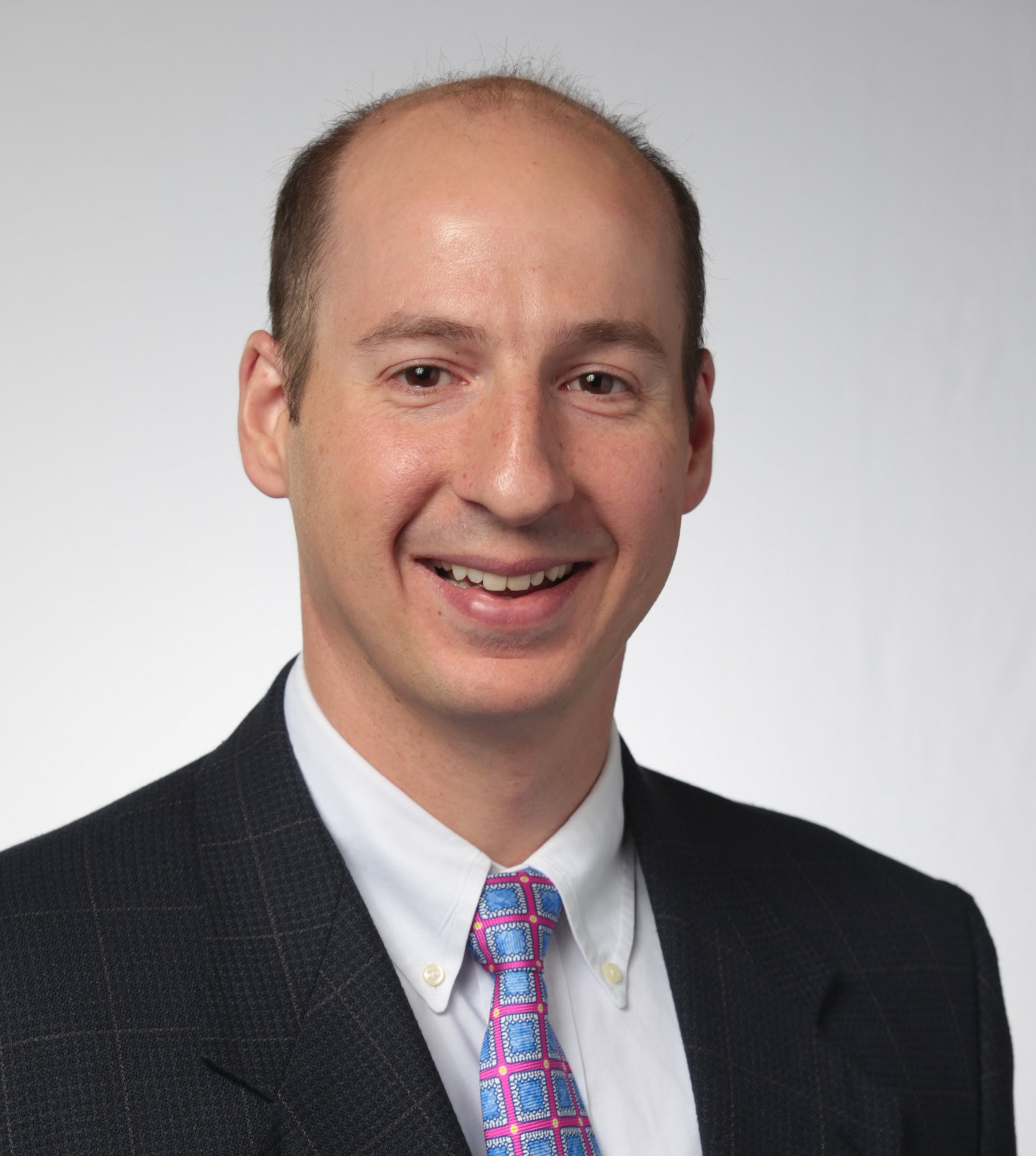
- This event has passed.
CBE Seminar: “The Role of Utilization in Meeting Mid-Century Carbon Removal Targets”
November 11, 2020 at 3:00 PM - 4:00 PM
Abstract
The utilization of CO2 broadly applies to any process that transforms captured CO2 into valuable products. These processes strive to achieve any of the following objectives: (1) permanent storage (2) revenue generation and/or (3) avoiding emissions of conventional products with high amounts of embodied carbon. This talk will explore how carbon utilization can be leveraged to help us meet the ambitious gigatonne-scale removal targets proposed by many agencies as necessary to combat climate change by mid-century. Topics covered will include the importance of CO2 source, temporal aspects of storage, the role of stock vs flux, scaling limitations, economic potential and risk. The significance and mutual dependency of these factors will be illustrated in regional merit-order modeling, as well as select case studies on lifecycle emission assessments. These results inform policymakers, investors and scientists on both the strengths and shortcomings of CCUS as a climate mitigation strategy.

Peter Psarras, PhD
Assistant Professor of Chemistry - Cuyahoga College
Peter Psarras received his Ph.D. in Chemistry from Cleveland State University in 2014, where he worked on computational modeling of catalysts used in Fischer-Tropsch synthetic fuel processing. He did his postdoctoral work in the Clean Energy Conversion Laboratory at Stanford University, and later, the Colorado School of Mines. There, he employed molecular simulations on microporous materials to understand the impact of surface chemistry on CO2 loading. Additionally, Dr. Psarras developed a techno-economic supply-chain model to assess opportunities for carbon capture, utilization and storage in the Industrial sector, and used geographic information systems (GIS) mapping to elucidate regional merit-order approaches to CCUS deployment.
Recently, Dr. Psarras has focused on techno-economic and life-cycle emission assessments of engineered carbon removal systems – mainly direct air capture – and forecourt hydrogen production for use in transit.
